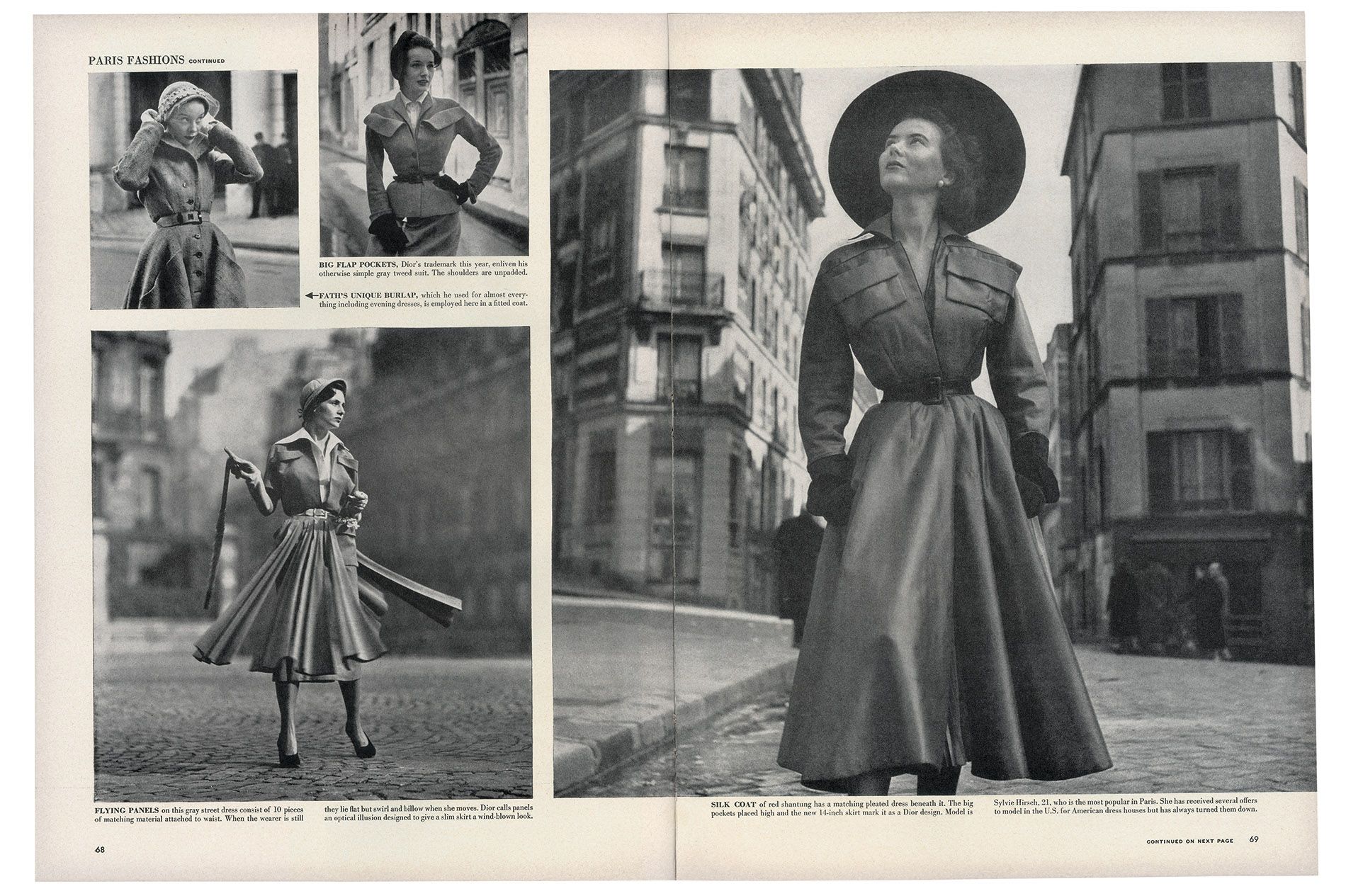
The Man Who Made Art His Weapon
By Alixandra Rutnik on Feb 17, 2023
The story of legendary photographer Gordon Parks
Black History Month is in full swing and we at The One Club for Creativity wanted to do a thorough peek into the iconic life of self-made photographer Gordon Parks (1912-2006) who was inducted into the ADC Hall of Fame in 1992.
If you've studied Gordon Parks’ lengendary photographs in our historic ADC Annuals or admired them in your local museum, you will know he excelled at capturing the reality of Black culture during his life.

The youngest of 15 siblings, Parks was born in 1912 into a world of deeply rooted segregation, racism, and poverty in Fort Scott, Kansas. Growing up, after his mother passed away, he took on many different forms of work– piano player, janitor, waiter, until he finally landed his hands on a camera at age 25. And that was the moment that his famed career as a photographer began. Parks saw a way to disrupt the white narrative through a camera lens, and in the years that followed, he did exactly that.
Parks was destined to pick up his first camera in a pawn shop. "I saw that the camera could be a weapon against poverty, against racism, against all sorts of social wrongs. I knew at that point I had to have a camera," Parks commented.
“I saw that the camera could be a weapon against poverty, against racism, against all sorts of social wrongs. I knew at that point I had to have a camera.”

When it came to the camera, Parks taught himself everything. He had an excellent eye for taking a beautiful photograph, even though a lot of the beauty he captured depicted systemic racism in some way. He photographed white women in high fashion, Black families, gang leaders, and neighboorhoods. He used a camera to point and shoot the story of inequality. "The subect matter is so much more important than the photographer," Parks said.
“The subect matter is so much more important than the photographer.”
Parks' first job as a photographer was for the Farm Security Administration, but his big break into the industry was through fashion photography. He landed freelance roles at Vogue, Glamour, and Ebony magazines in Harlem, New York. His beautiful fashion shots are full of big-break-energy, and his photo journalism skills were recognized by LIFE Magazine where he was the first Black man to be hired as a full-time photographer and writer in 1948. He was able to bring a never-before seen Black perspective to the forefront for white LIFE readers to see and read about.
Not only was Parks a photographer, but also he became a filmmaker, director, and a writer. He directed a slew of films and wrote a handful of books in his lifetime. Notably, he directed the 1971 crime action movie Shaft– it was one of the greatest hits of the era that highlighted Black Power and the main character is reported to be based off of Gordon Parks himself. His memoir A Hungry Heart was published in 1997.
Parks was a talented and a very classy looking man. He was known for his crisp white button down shirts, camel color trench coat, and a camera around his neck. He was stylish with a sense of ease.
His work is featured in galleries around the world. And the issues he photographed are unfortunately still very relevant to the tumultuous times we are living in today. There is an online gallery of his work through the MoMA titled Gordon Parks and "The Atmosphere of Crime" which depicts 52 photographs of crime scenes throughout the 1940s-1970s in New York, Chicago, Los Angeles, and San Francisco. Parks once said, "I feel it is the heart, not the eye, that should determine the content of the photograph. What the eye sees is its own. What the heart can perceive is a very different matter.”
“I feel it is the heart, not the eye, that should determine the content of the photograph. What the eye sees is its own. What the heart can perceive is a very different matter.”
Want to learn more about Gordon Parks? Check out The Gordon Parks Foundation!
Related














